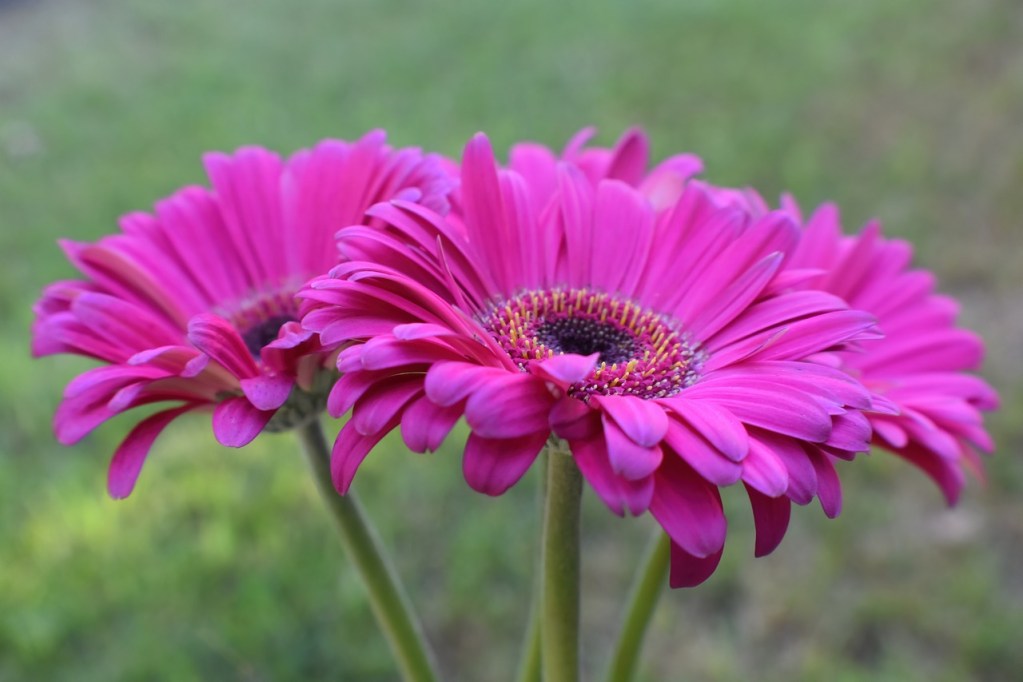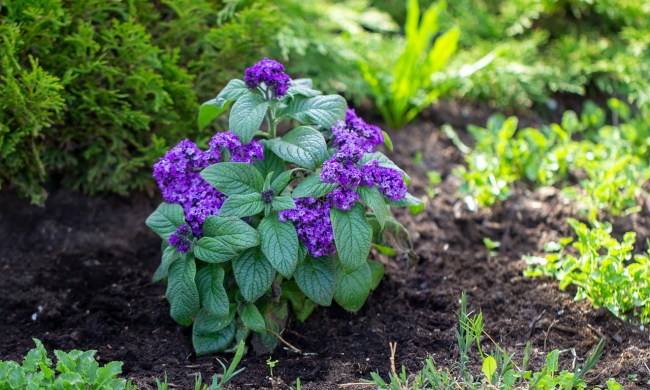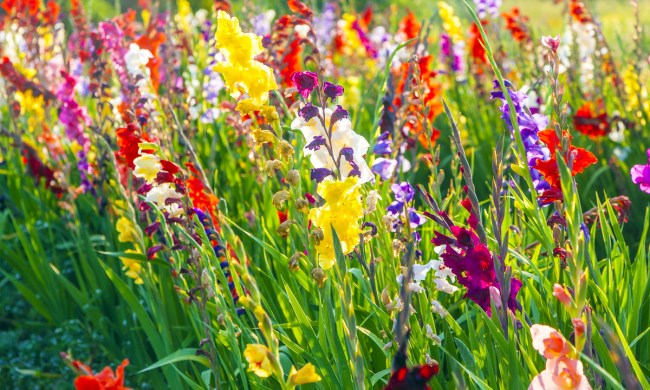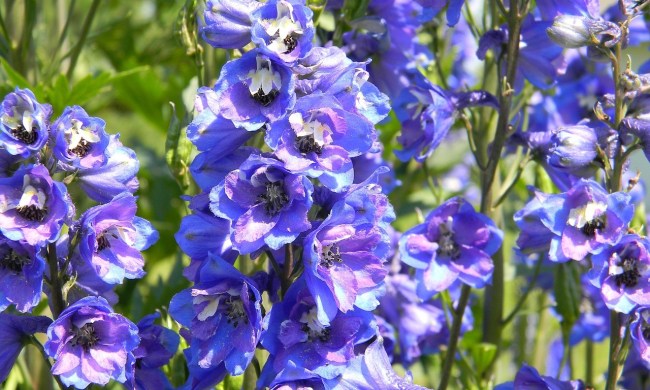Gerbera daisies are charming, colorful, and extremely accessible. You can find gerbera daisy seeds, seedlings, or adult plants in practically any nursery or garden center, and it’s easy to see why. These easy-to-grow flowers come in many bright and beautiful colors, including shades of red, yellow, pink, orange, and white. They can grow in gardens and containers, and they make lovely bouquets as well. Want to get started growing your own gerbera daisies today? Here’s how to plant and care for them.
Planting gerbera daisies

You can plant indoor gerbera daisies any time, as long as you can keep the seeds or seedlings warm. Outdoor gerbera daisies shouldn’t be planted until after the last frost of the year has passed. Gerbera daisies don’t tolerate cold weather very well, which is why they grow as summer annuals in cooler regions. In USDA hardiness zones 8 through 10, however, they can grow as perennials.
Plant or place your gerbera daisy in full sun to partial shade. You’ll see bigger, brighter flowers and healthier growth when your gerbera daisy gets more sunlight. Plant it in soil that is rich with organic matter, such as compost or leaf mulch. Neutral to slightly acidic soil is ideal for gerbera daisies. Proper drainage is important, whether your gerbera daisies are in your garden or in containers. Luckily, adding organic matter such as compost or shredded leaves to the soil before planting is helpful for all of those factors.
Gerbera daisy care

Water your gerbera daisies regularly, especially while they’re growing. Once or twice per week is typically enough, although you’ll need to adjust your schedule to account for the weather. In hotter, sunnier weather, the water will evaporate faster, and you’ll need to water your flowers more frequently.
During spring and summer, you can feed your gerbera daisies with a water-soluble fertilizer to give them a boost and help them grow and bloom more. Follow the application instructions for the specific fertilizer you’re using, but in general, once every month or two is fine for gerbera daisies. Depending on how rich your soil is, you may not need to fertilize your gerbera daisies as often or even at all.
Gerbera daisies benefit from regular deadheading. Once a flower has wilted, you can cut it off the plant using sharp, clean garden shears or scissors. The plant won’t suffer if you leave the flower on, but removing the old flowers frees up space for new flowers to grow and encourages the plant to continue blooming.
Companion plants for gerbera daisies

There are many excellent companion plants for gerbera daisies, starting with other types of daisies. Shasta daisy, African daisy, Ox-eye daisy, asters, coneflowers, black-eyed Susans, and even chamomile (yes, the kind you make tea out of) are just a few flowers in the daisy family you can plant alongside gerbera daisies, but there are plenty more as well.
If you’d like to plant your gerbera daisies alongside something other than more daisies, then hydrangeas, heliotrope, pansies, lobelia, and diasca might be a better fit for you.
These companion plants can grow alongside your gerbera daisies in your garden or in containers, but keep spacing in mind. Crowding can be an issue in any environment, but it is more likely to cause problems with container gardens. Be sure the container you pick is large enough to accommodate all the plants you want to grow in it.
Common problems and solutions

Luckily, the most common pests and diseases that plague gerbera daisies are easy to avoid or treat. When it comes to diseases, the infections you’re most likely to see are caused by overwatering, poor drainage, and wet leaves. Fungal infections such as blight, mildew, and root rot are caused by fungal spores that grow in stagnant water. These infections are easier to avoid than to treat, so be sure the soil is a well-draining one and that the container they’re planted in has plenty of drainage holes. Additionally, try not to get the leaves wet.
Gerbera daisies can become a host for several types of tiny pests. Mites, aphids, gnats, thrips, and whiteflies are the most common culprits. While the damage from these tiny pests may not seem like much, they can spread diseases to your plants that can be devastating. Keeping your gerbera daisies healthy will lower the risk of severe damage, but getting rid of the pests is the easiest and most effective way to combat the spread. Insecticidal soaps, neem oil, and sometimes just a spray of water should do the trick.
Gerbera daisies are popular, beautiful, and easy to grow. Whether you want to grow them as summer annuals or plan for them to be perennials, these daisies will brighten any garden with their cheerful colors. They pair well with many other plants in gardens, containers, and even bouquets, and they thankfully aren’t prone to too many pests or diseases. So grab some seeds and start planting your gerbera daisies today!




